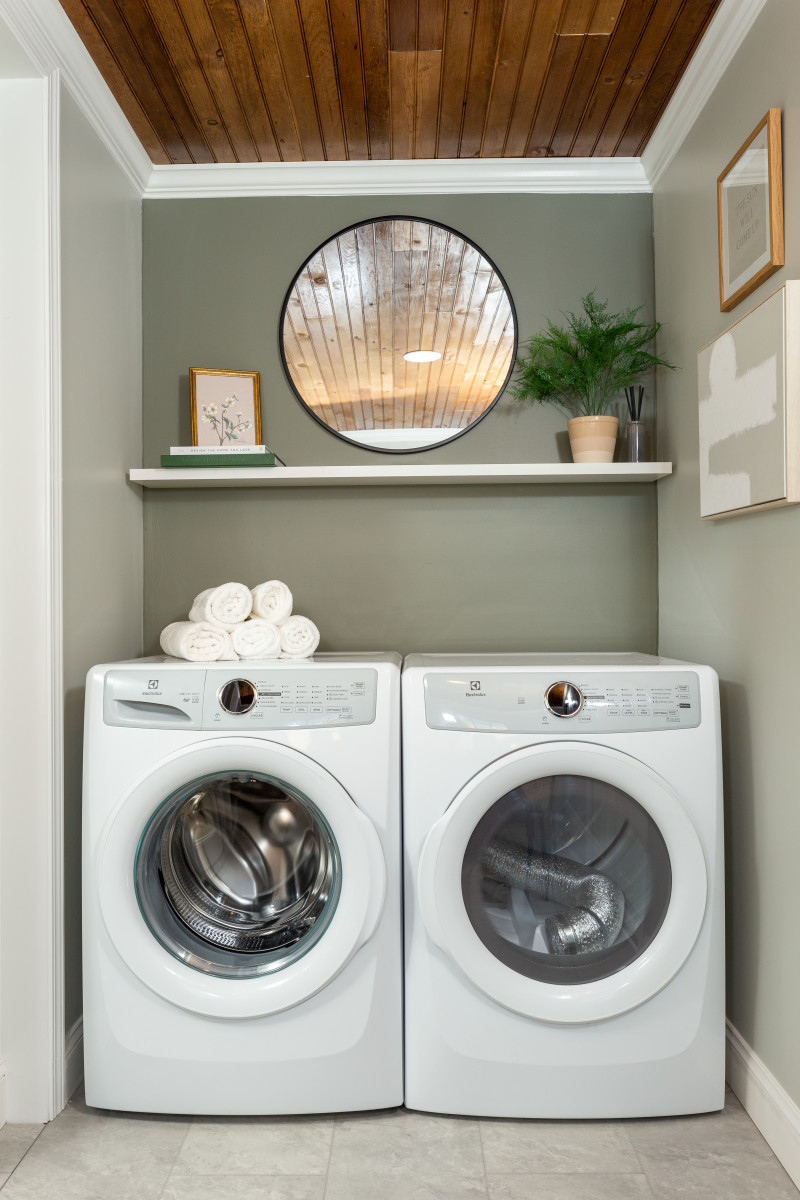Tips for an Energy-Efficient Home this Summer

Just because the temperature is going up doesn’t mean your power bill has to as well. Use these energy-efficient tips in your home to help you conserve energy and potentially save money!
Summer will be here soon, which means it’s time to make sure your home is ready for the warmer weather. High temperatures and humidity have the potential to wreak havoc on your energy bills, but have no fear! With just a few changes you can get your home ready so you can relax and spend your energy on summer activities like parties, cookouts and time with loved ones!
Let’s check out seven easy ways to improve your home’s energy efficiency this summer.

1. Grow Your Own Shade
Shady trees help people cool off on hot summer days, and the same goes for your house. And while any shade helps cool your home, you should prioritize shading south-facing windows with trees or even an awning. Be sure to consider the size the tree will grow to, because planting them too close to your home can cause the roots to interfere with your plumbing lines. Also, plant trees far enough away from your home to prevent damage in case of strong storms or high winds.
Trees are a long-term investment, but keep in mind they also lose their leaves in winter, allowing that sun to stream in through your windows on cold days. Cooler in the summer, warmer in the winter — It’s a win-win situation!

2. Skip the Dryer
Hot summer days are perfect for drying clothes outside, especially if you live in an area with lower humidity. A clothing line is inexpensive, easy to install and can definitely save energy if you use your dryer multiple times a week. Running the dryer can also make your home a few degrees warmer, so you can avoid this by trying out a clothesline! And if you’re worried about potential sun damage or clothes blowing away in the wind, you can also hang items up to dry in your laundry room or another area if your home. As an added bonus, this will also reduce wear and tear on your clothes and help them last longer.

3. Invest in a Smart Thermostat
A smart thermostat allows you to adjust the temperature in your home throughout the day, either automatically or with your phone. This is especially handy if you live in an area that tends to see large temperature changes. Some smart thermostats, like the ecobee® smart thermostats in every new Clayton home, can also be used as a dehumidifier or send you updates about how much energy you’re using.
Many people with programmable thermostats also set the temperature higher when they are away from home and then have it start cooling down before they get back. This keeps you from blasting cold air in an empty home and means you’ll be more comfortable with less air on in the evening. You can also open the windows in the evening to let cooler air in.

4. Find Those Leaks
Check your window and door seals for any light or warmth seeping in. These are likely places where air is getting in, which means your AC has to work harder and use more energy to keep your home cool. You can seal window frames with caulk, or consider having new, more efficient windows installed. For drafty doors, you can use a door snake, repair your door frame or add padding to it depending on the specific door.

5. Cover Your Windows
Sunlight streaming through your windows can heat up your home more quickly than you might think. In addition to closing your blinds, putting drapes and curtains on your windows will help your home’s cooling system by keeping that heat outside where it belongs! You can also try blackout or thicker curtains to will also help close off any heat that may sneak out from your windows.

6. Become a Fan of Fans
Although they still require energy, ceiling fans use far less than an air conditioner. They also create a wind chill effect that can make a warm home feel as much as 4 degrees cooler.
What’s more, fans help lower the temperature in specific rooms, allowing you to keep your house at a higher overall temperature during summer months while still being comfortable. There are also a few simple ceiling fan tricks you can use to improve your indoor comfort, like making sure your fan is going counterclockwise to move air down.

7. Unplug your Devices
You may not know this, but leaving some appliances and devices plugged in when you’re not using them still uses power! This is called “standby energy loss” and can add up on your bill, so make sure you unplug any chargers and devices when you aren’t using them.
And our tips don’t end here! You can head over to the Homeownership section of our Studio blog to learn more about design trends, read customer stories and more.
Are you ready to find your dream home?
Start shopping now or find a home center in your area to learn more about Clayton Built® home options.By entering your email address, you agree to receive marketing emails from Clayton. Unsubscribe anytime.
© 1998-2025 Clayton.

